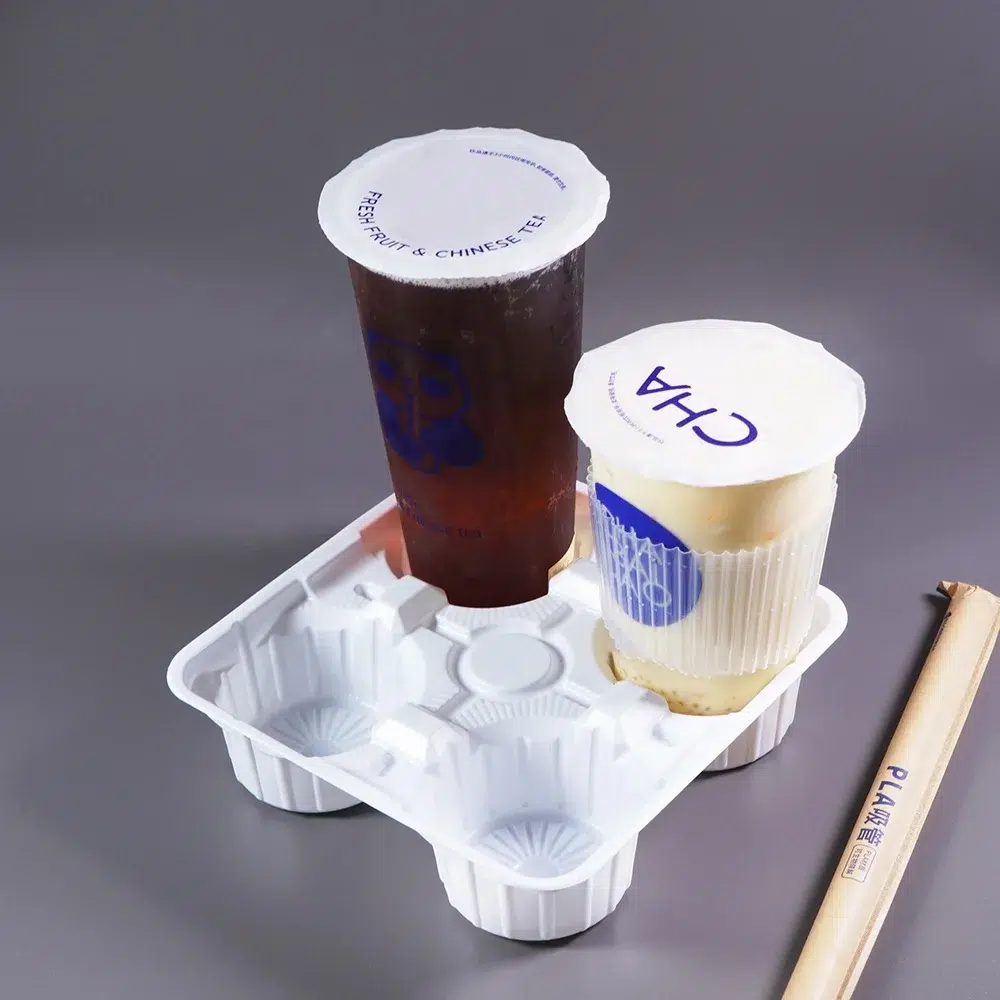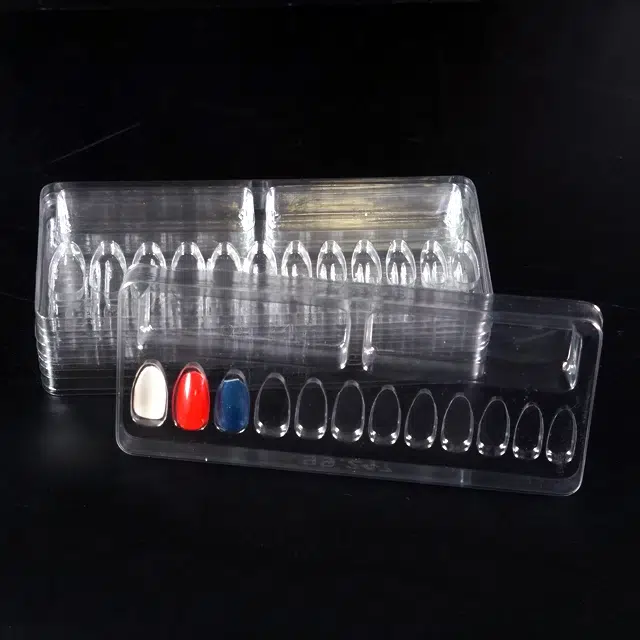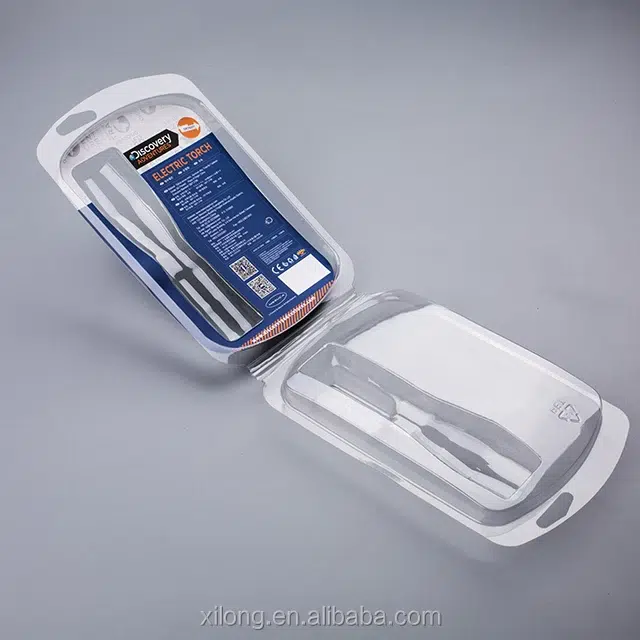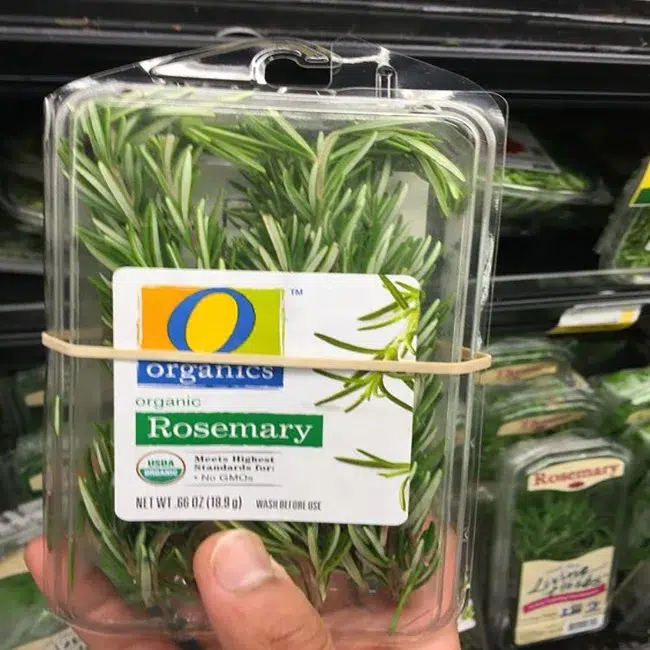What is Plastic Blister Packaging?
The Ultimate Guide for Brands & Retailers
When you purchase a small electronic accessory, a set of pills, or a DIY tool, it often comes secured on a flat card, encased in a formed plastic cavity. This ubiquitous and highly effective packaging solution is known as Plastic Blister Packaging.
But blister packaging is more than just a clear plastic shell. It’s a sophisticated system designed to achieve specific business goals: boosting sales, enhancing security, and streamlining logistics. This ultimate guide will break down everything you need to know from a commercial perspective.
1. Deconstructing Blister Packaging: What Exactly Is It?
At its core, blister packaging is a semi-rigid, pre-formed plastic cavity (the "blister") that is securely sealed to a cardboard or paperboard backing (the "card").
The Blister: This is typically made from thermoplastic materials like PVC, PET, or PP, which can be softened by heat and then vacuum-formed into a specific shape to hold the product snugly.
The Card: This backing serves multiple purposes. It provides a surface for branding and product information, adds structural rigidity, and is the medium for the seal.
The product is placed inside the blister, and the open side is heat-sealed to the card, creating a secure, tamper-evident, and highly visible package.
2. Why Blister Packaging Dominates Retail: 5 Unbeatable Benefits
From a branding and operational standpoint, blister packaging offers a powerful combination of advantages:
360-Degree Product Visibility: Customers can see, inspect, and engage with the product from all angles without opening the package. This “try before you buy” visual experience is a powerful sales driver, reducing purchase hesitation.
Superior Product Security & Tamper Evidence: Once sealed, the package cannot be opened without visible damage. This protects products from theft, contamination, and tampering, which is crucial for pharmaceuticals, electronics, and small high-value items.
Enhanced Branding & Marketing Space: The large card backing acts as a mini-billboard. It’s a canvas for your logo, compelling sales copy, usage instructions, and compliance information, directly at the point of sale.
Optimized Logistics & Durability: The flat, uniform shape of blister packs makes them incredibly efficient to ship, store, and display on shelves. They are less prone to damage during transit compared to bulkier boxes and take up minimal warehouse space.
Cost-Effectiveness at Scale: For high-volume products, the automated manufacturing and filling process of blister packaging makes it a very economical choice, offering an excellent return on investment.
3. Common Materials Used in Blister Packaging
The choice of plastic material depends on the product's needs and sustainability goals:
Pro Tip: For brands looking to improve their eco-friendly profile, Recycled PET (RPET) and PET are the leading choices, balancing performance with sustainability.
4. Blister Packaging vs. Clamshell Packaging: What's the Difference?
While often confused, these two have a key distinction:
Blister Pack: A single plastic cavity sealed to a cardboard backing.
Clamshell: A single piece of plastic folded and sealed at the edges, creating a “clam-like” package that is fully enclosed in plastic.
When to choose which? Use blister packs when you want a premium look with ample space for branding on a card. Use clamshells when you need maximum security and a fully plastic-enclosed package, often for larger or irregularly shaped items.
5. Is Blister Packaging Right for Your Product?
Blister packaging is an exceptionally versatile solution, ideal for a wide range of industries:
Consumer Electronics: (e.g., USB cables, headphones, small gadgets)
Pharmaceuticals & Healthcare: (e.g., pill packs, syringes, medical devices)
Hardware & DIY: (e.g., drill bits, screws, tools)
Toys & Hobbies: (e.g., action figures, model kits, trading cards)
Personal Care & Cosmetics: (e.g., razors, makeup, travel-sized items)
Conclusion: More Than Just a Package
Plastic blister packaging is a strategic business tool. It merges product protection with powerful














